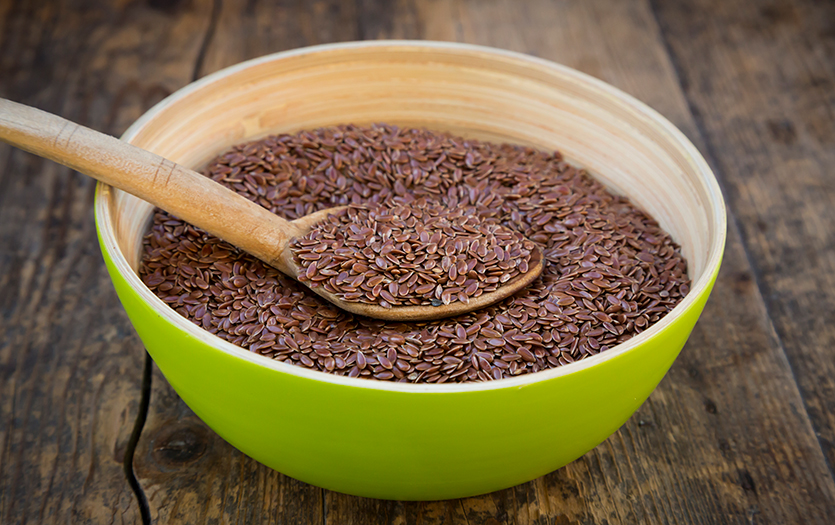According to Feeding America, 41 million people struggle with food insecurity, which is defined as a state in which “consistent access to adequate food is limited by a lack of money and other resources at times during the year.” Of those 41 million Americans, 12 percent are senior citizens. Sadly, after a lifetime of work, many seniors are choosing between food and medical care, and with a large population of aging baby boomers, this number is only expected to rise.
Seniors who suffer from food insecurity have diets that contain fewer nutrients and calories than those who are food secure. For example, seniors who are food insecure have intake levels that are 14 percent lower in iron and 12 percent lower in protein than those who are food secure. Their diets are also lower in vitamin C, vitamin A, calcium and other nutrients. To make matters worse, many of these seniors have chronic medical conditions such as diabetes or hypertension that can be complicated by limited access to healthy foods.
Despite all of this, the National Council on Aging reports that 3 out of 5 seniors that qualify for SNAP, The Supplemental Nutrition Assistance Program (formerly known as food stamps) do not participate. There are multiple things that may contribute to this. For one, mobility is often an issue for senior citizens. Some seniors may not be able to drive a car and physical limitations may interfere with their ability to use public transportation. They also may be deterred by technology, either online applications or electronic benefit cards. Finally, they may not apply due to a perceived stigma associated with government assistance or they may not even realize that they qualify. Whatever the reason, there are as many as 5.2 million senior citizens missing out on benefits that could improve their health and well-being.
Another unfortunate problem facing senior citizens is malnutrition. Although food insecurity is not the only cause of malnutrition, they can often be related. One study found that 58.5 percent of hospitalized patients diagnosed with malnutrition were over the age of 65. Patients who enter the hospital malnourished are at increased risk for poorer health outcomes, higher health care costs, greater complications and readmission rates as well as higher mortality rates. Clearly malnutrition as well as food insecurity among senior citizens is a problem that families, healthcare providers, communities and government agencies need to be aware of.
The good news is, there are resources available for seniors struggling with food insecurity. If you find yourself in this position, don’t be afraid to seek assistance. If someone you know is struggling with food insecurity, offer to help by driving them to the food pantry, or assist them with filling out a SNAP application. Supporting them in receiving the resources they need may have a huge impact on their health and well-being.
Sources:
www.feedingamerica.org for local food bank information
https://www.in.gov/fssa/dfr/2691.htm for information about SNAP
www.mealsonwheelsamerica.com to search for local home delivered meal services




